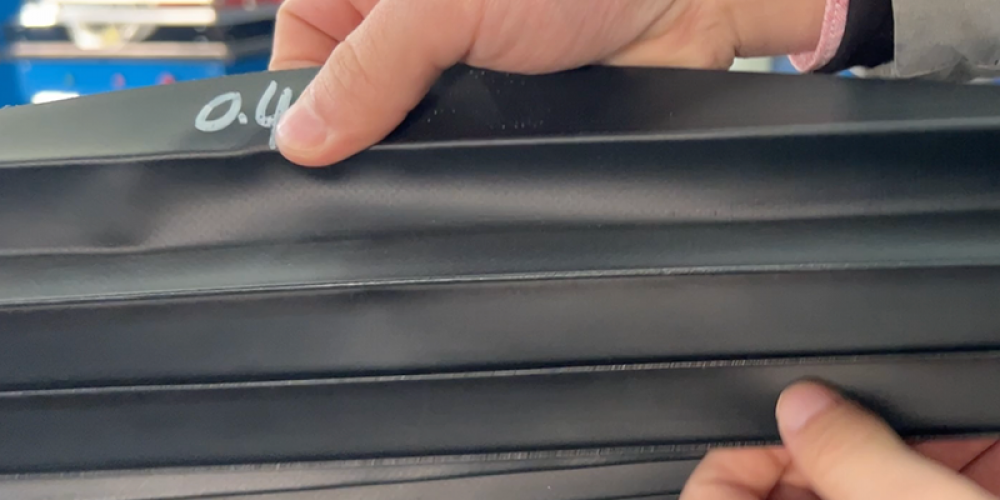
1. High Adaptability and Flexibility
The design of flexible retractable protective covers enables them to effortlessly adapt to machinery of varying sizes, shapes, and motion ranges. Whether for linear motion, arc motion, or complex multi-axis coordinated movements, these covers achieve seamless integration and full coverage. Such adaptability not only enhances protective performance but also reduces retrofitting costs caused by equipment upgrades, helping businesses maintain competitiveness in rapidly evolving markets.
2. Durability and Protective Performance
Flexible retractable protective covers are typically constructed from high-strength, fire-resistant, and corrosion-resistant materials, ensuring exceptional durability. These materials guarantee stability and reliability in harsh industrial environments, withstanding flying debris, corrosive gases, and high temperatures to safeguard internal machinery. Additionally, some covers feature coolant and emulsion resistance, further enhancing their protective capabilities.
3. Detail-Oriented Design and Smart Trends
Flexible retractable protective covers prioritize meticulous design. To minimize interference with equipment operation, they are often equipped with professional guidance systems and buffer devices, ensuring smooth retraction and extension while preventing noise and damage from friction or collisions. Certain covers also incorporate transparent observation windows, allowing operators to visually monitor equipment status without opening the cover, thereby improving efficiency and safety. With the advent of Industry 4.0, these covers are evolving toward smart integration. By connecting with sensors, control systems, and other smart devices, they enable real-time monitoring and abnormal alerts for equipment.
4. Easy Maintenance and Cost Efficiency
Flexible retractable protective covers require minimal maintenance. Some designs even allow for individual segment replacement, significantly reducing downtime and maintenance costs. Their high adaptability and flexibility also eliminate the need for frequent replacements to accommodate different equipment, delivering long-term cost savings for businesses.